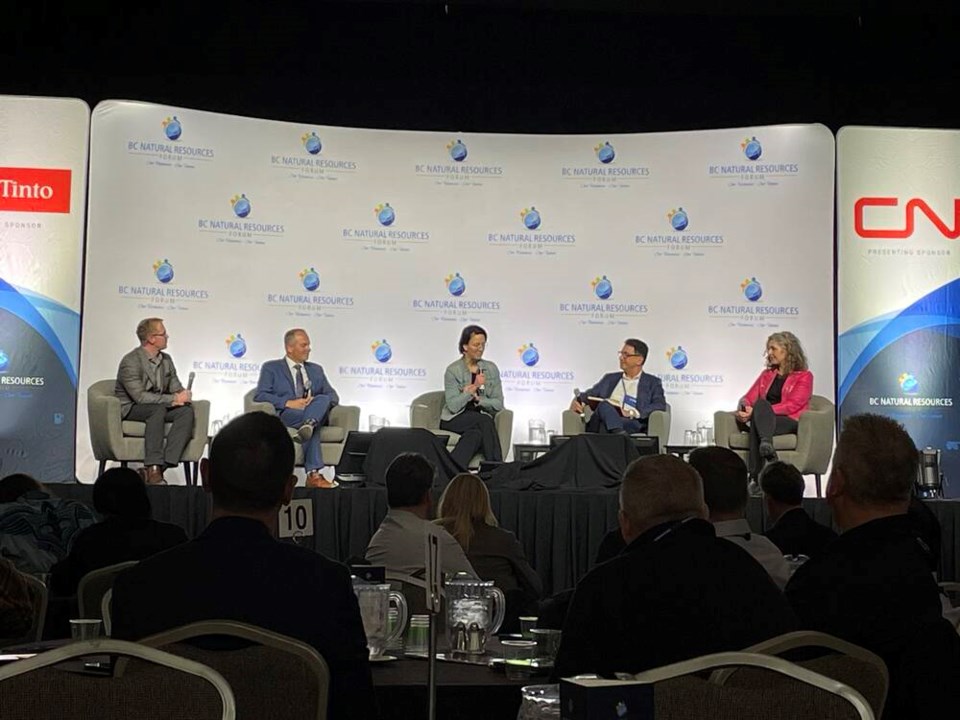A commentary by the vice-president of Indigenous relations and regulatory affairs for FortisBC.
In helping to tackle the global climate crisis, FortisBC has made substantial progress towards meeting B.C.’s emissions-reduction targets by introducing renewable and low-carbon gases into our existing gas infrastructure.
One of the ways we’ve achieved this progress is by increasing access to Renewable Natural Gas (RNG) ― a low-carbon gas made from organic waste that seamlessly blends into our existing system, helping to lower emissions by displacing conventional natural gas.
Yet while RNG plays a crucial role in our strategy to transition to a lower-carbon future, it is only part of the story. We believe hydrogen holds great promise in shaping B.C.’s clean energy future.
FortisBC has been leading the way in finding innovative energy options. The potential for adding hydrogen to our energy mix will, we believe, allow us to reduce emissions while leveraging existing infrastructure that is affordable and reliable. And recently, we took important steps toward helping make that happen.
And, at the 2024 Natural Resources Forum in Prince George, we participated in the announcement of a project planned by B.C.-based Teralta Hydrogen Solutions to implement a clean hydrogen system that will reduce natural gas use at Canfor’s Prince George pulp mill by 25 per cent.
We believe Teralta’s project represents a critical step towards understanding the potential of hydrogen for our customers, particularly for hard-to-decarbonize uses, like industry and heavy-duty and marine transportation.
Increased access to renewable and low-carbon gases is one important way to help B.C. reach its emissions-reduction goals while also meeting our province’s energy needs, which both the federal and provincial government recognize. To make it happen, it’s going to take continued collaboration.
The B.C. government has demonstrated leadership in laying the groundwork for hydrogen energy in the province.
And great projects like those studying how hydrogen can be provided to consumers and the implementation of hydrogen power at the Canfor mill are possible thanks to a recent change in B.C. law that will allow gas utilities to acquire hydrogen in their efforts to add it to the gas system.
That change is a step in the right direction, but more is needed to meet emissions reduction targets.
Helping to shape and guide the clean energy transition, the provincial government’s new Clean Energy and Major Projects Office (CEMPO) is playing a critical role.
The creation of CEMPO demonstrates that the government recognizes the value of hydrogen and other low-carbon and renewable gases in meeting climate targets and the importance of bringing together industry and other stakeholders.
Ensuring that B.C.’s climate goals are reached will require continued foresight, innovation and collaboration ― as will making sure B.C. residents continue to have access to a reliable and diverse energy system that includes renewable and low-carbon gases, working alongside B.C.’s electricity system.
We’re committed to exploring the potential of hydrogen so that it can become a powerful addition to that mix.
>>> To comment on this article, write a letter to the editor: [email protected]




